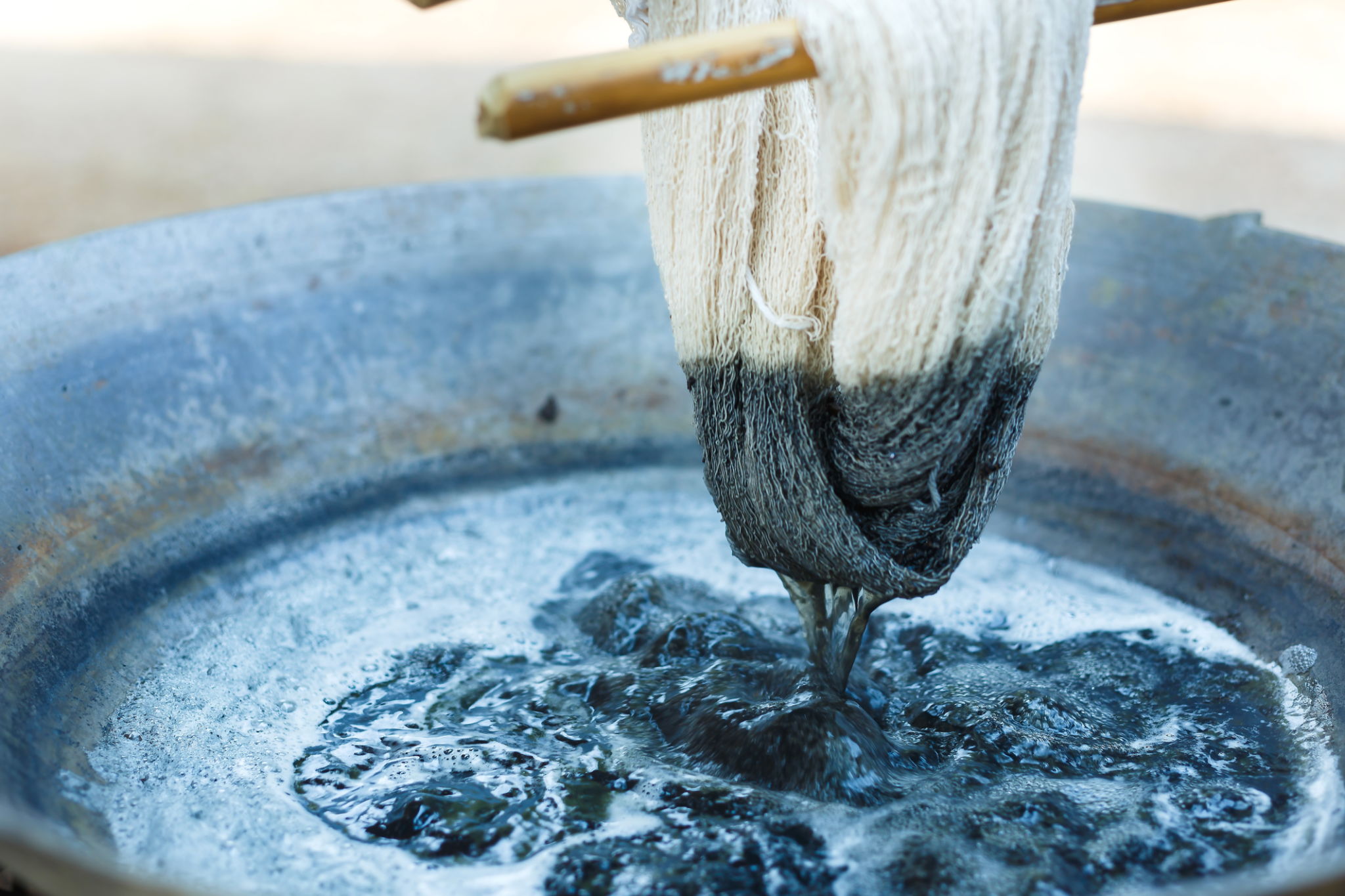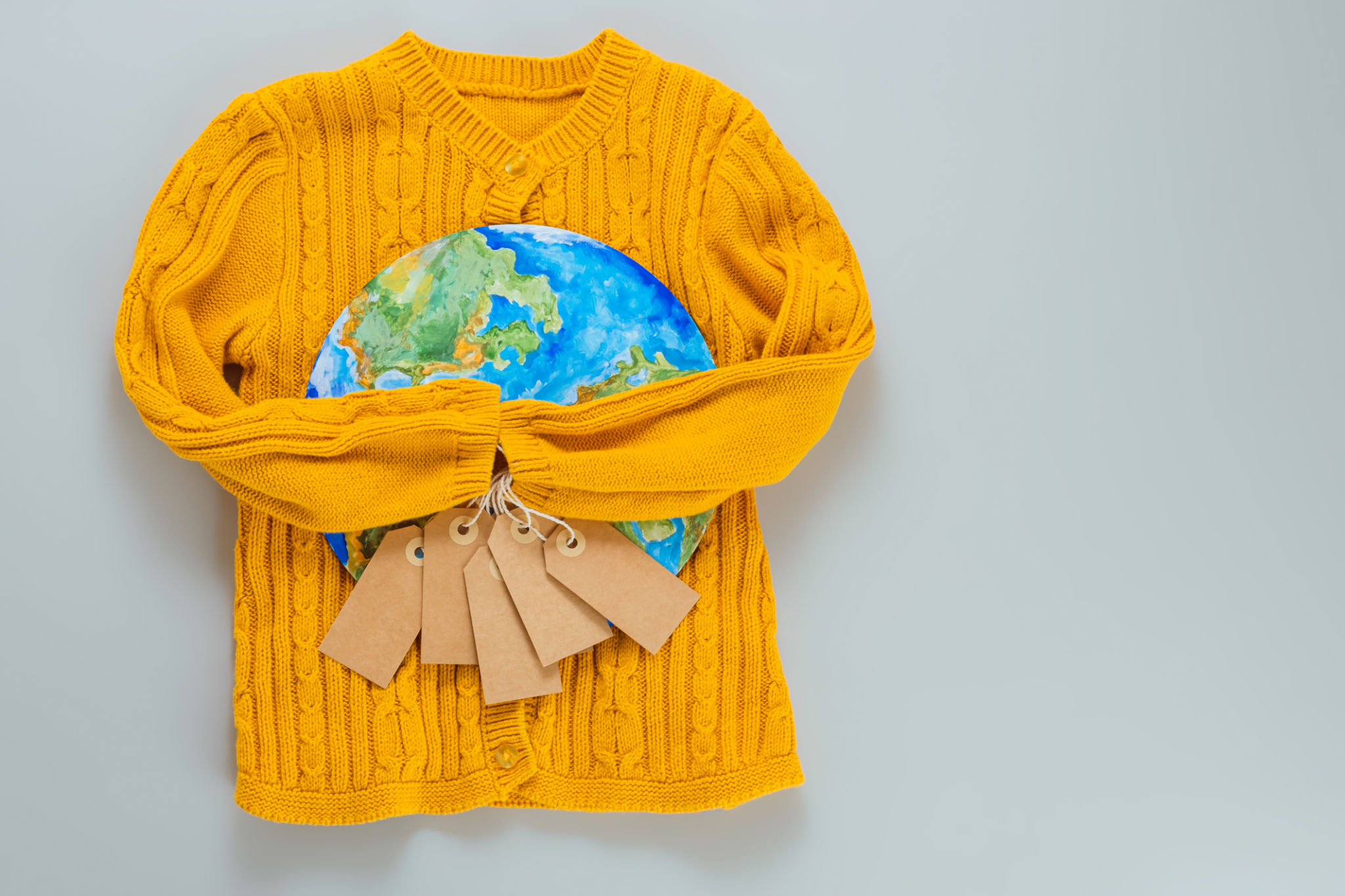The Role of Natural Dyes in Sustainable Fashion
Understanding Natural Dyes
As the fashion industry continues its journey towards sustainability, natural dyes are gaining recognition for their minimal environmental impact. Derived from plants, minerals, and other natural sources, these dyes offer a more eco-friendly alternative to synthetic dyes, which often contain harmful chemicals.
Natural dyes have been used for centuries, with ancient civilizations relying on them to create vibrant textiles. Today, they are making a comeback as designers and consumers alike become more conscious of the environmental and health implications of their choices.

The Environmental Benefits
One of the primary advantages of using natural dyes is their reduced environmental footprint. Unlike synthetic dyes, which can pollute waterways and require significant energy to produce, natural dyes are biodegradable and generally sourced from renewable resources.
Moreover, the process of extracting and applying natural dyes often involves less water and energy. This is crucial given the fashion industry's notorious reputation for contributing to water pollution and excessive energy consumption.
Healthier for Consumers and Artisans
Natural dyes not only benefit the environment but also pose fewer health risks. Synthetic dyes can contain toxic substances that are hazardous both to the artisans who handle them and the consumers who wear them. Natural dyes, in contrast, are typically free from such toxins.
This makes garments dyed with natural colors safer for everyone involved in the production process, fostering healthier working conditions for artisans and offering consumers safer clothing options.

Challenges in Using Natural Dyes
Despite their benefits, natural dyes do present some challenges. One of the primary concerns is their limited color range compared to synthetic options. While this can be a restriction, many designers view it as an opportunity to innovate with subtle and unique color palettes.
Additionally, natural dyes may not offer the same level of colorfastness as synthetic dyes, which can result in fading over time. However, advancements in dyeing techniques and mordants are helping to address these issues, ensuring that naturally dyed fabrics maintain their vibrancy longer.
The Role of Consumers
Consumer demand plays a significant role in driving the adoption of natural dyes in sustainable fashion. As awareness about the environmental impact of clothing grows, more people are seeking out brands committed to eco-friendly practices. By choosing garments made with natural dyes, consumers can support sustainable fashion initiatives and encourage industry-wide change.

Supporting Ethical Practices
Incorporating natural dyes into sustainable fashion also supports ethical practices within the industry. Many of the raw materials used for natural dyeing are sourced from local communities, providing economic opportunities and helping to preserve traditional craft techniques.
This focus on ethical sourcing ensures that the move towards sustainability also respects cultural heritage and provides fair compensation to those involved in the supply chain.
The Future of Natural Dyes in Fashion
The future of natural dyes in fashion looks promising as technology and consumer awareness continue to evolve. Designers are increasingly experimenting with innovative methods to expand the color palette and improve the durability of naturally dyed fabrics.
Ultimately, embracing natural dyes is a significant step towards a more sustainable fashion industry, offering a path that respects both the environment and human health while celebrating creativity and tradition.
